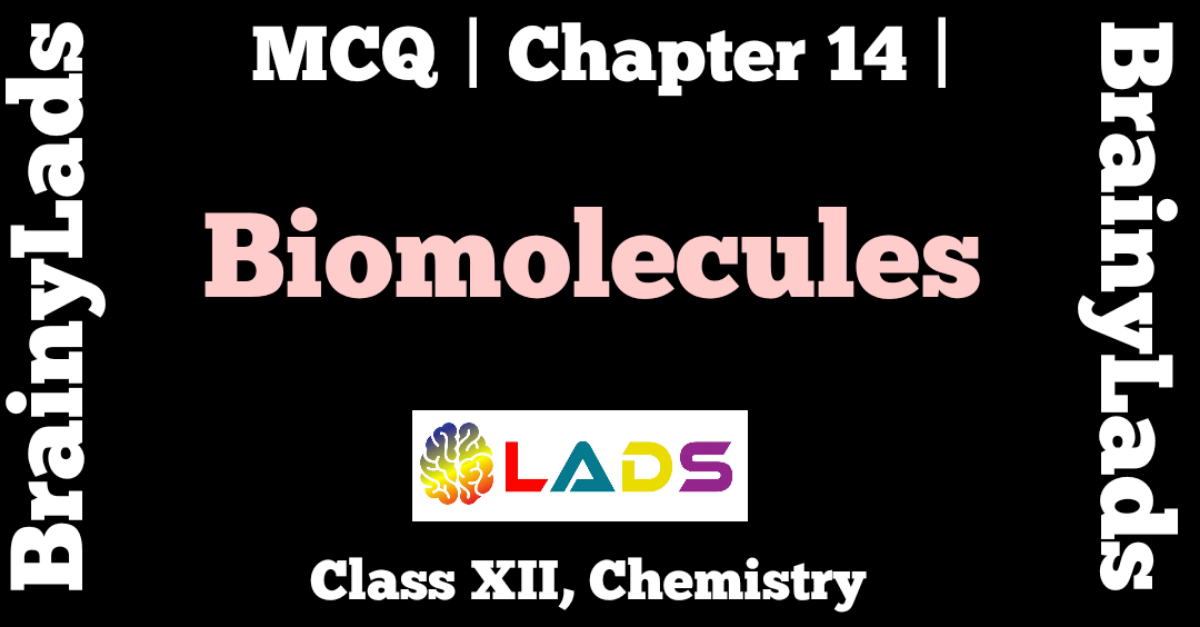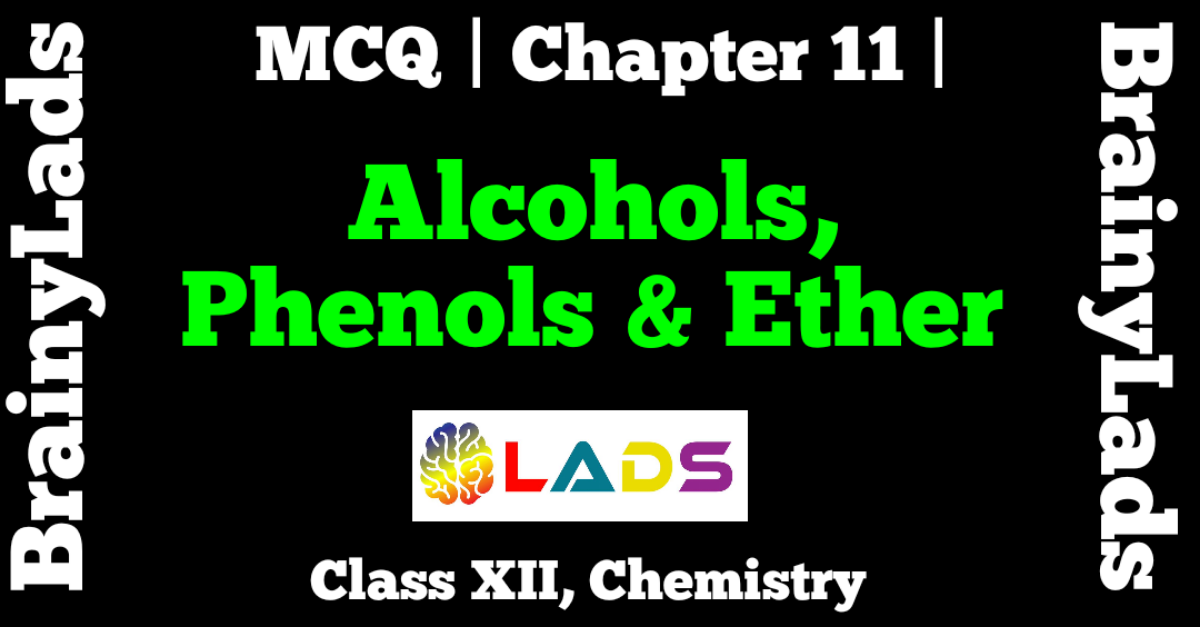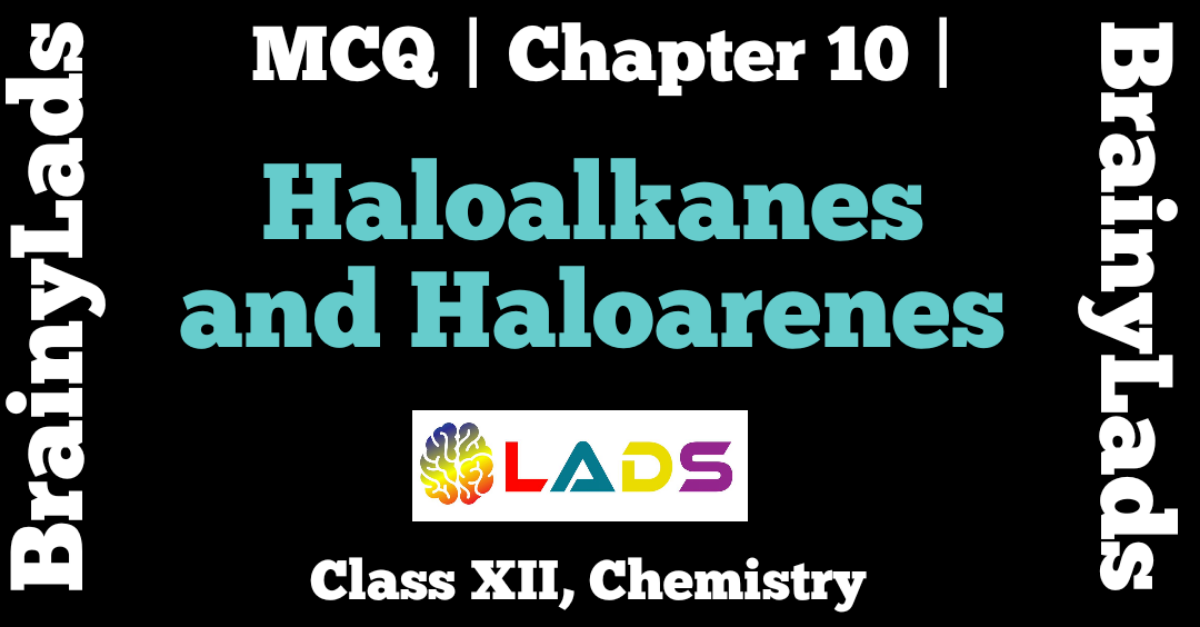MCQ of The d And f Block Elements | Chapter 8 | Chemistry | Class 12 |
MCQ of The d And f Block Elements | Multiple Choice Questions of The d And f Block Elements
MCQ of The d- and F- Block Elements
Question 1: Due to lanthanoid contraction which of the following properties is not expected to be similar in the same vertical columns of second and third transition elements?
- Atomic radii
- Ionisation energies
- Magnetic moments
- Lattice energies
Answer: C (Magnetic Moments)
Question 2: Zr and Hf have almost equal atomic and ionic radii because of
- Diagonal relationship
- Lanthanoid contraction
- Actinoid Contraction
- Belonging to the same group
Answer: B ( Lanthanoid Contraction)
Question 3: The second and third row elements of transition metals resemble each other much more than they resemble the first row because of
- Lanthanoid contraction which results in almost same radii of second and third row metals
- Diagonal relationship between second and third row elements
- Similar ionisation enthalpy of second and third row elements
- Similar oxidation states of second and third row metals
Answer: A ( Lanthanoid contraction which results in almost same radii of second and third row metals)
Question 4: The first ionisation energies of the elements of the first transition series (Ti to Cu)
- Increases as the atomic number increases
- Decreases as the atomic number increases
- Do not show any change as the addition of electrons takes place in the inner (n-1)d orbitals
- Increases from Ti to Mn and then decreases from Mn to Cu
Answer: A (Increases as the atomic number increases)
Question 5: The magnetic moment of a divalent ion in aqueous solution with atomic number 25 is
- 5.9 B.M.
- 2.9 B.M.
- 6.9 B.M.
- 9.9 B.M.
Answer: A ( 5.9 B.M.)
Question 6: Which of the following transition metal ion is colourless?
- V 2+
- Cr 3+
- Zn 2+
- Ti 3+
Answer: C (Zn 2+)
Question 7: In which of the following compounds manganese has oxidation number equal to that of iodine in KIO4 ?
- Potassium manganate
- Potassium permanganate
- Dimanganese decarbonyl
- Manganese chloride
Answer: B (Potassium permanganate)
Question 8: Colour of transition metal are due to absorption of some wavelength. This results in
- d-s transition
- s-s transition
- s-d transition
- d-d transition
Answer: D (d-d transition)
Question 9: Interstitial compounds are
- Non – stoichiometric and are ionic in nature
- Non – stoichiometric and are covalent in nature
- Non – stoichiometric and are neither typically ionic nor covalent in nature
- Stoichiometric and are neither ionic nor covalent in nature
Answer: C ( Non – stoichiometric and are neither typically ionic nor covalent in nature)
You may also read MCQ of The Solid State, MCQ of Solutions, MCQ of Electrochemistry, MCQ of Chemical Kinetics, MCQ of Surface Chemistry, MCQ of General Principles and Processed of Isolation of Elements, MCQ of the p-Block Elements, MCQ of the d-And f-Block Elements, MCQ of Coordination Compounds, MCQ of Haloalkanes and Haloarenes, MCQ of Alcohols, Phenols and Ether, MCQ of Aldehydes, Ketones and Carboxylic Acids, MCQ of Amines, MCQ of Biomolecules, MCQ of Polymers, MCQ of Chemistry in Everyday Life
Question 10: What happens when potassium iodide reacts with acidic solution of potassium dichromate?
- It liberates iodine
- Potassium sulphate is formed
- Chromium sulphate is formed
- All the above products are formed
Answer: D (All the above products are formed)
Question 11: Transition metals make the most efficient catalysts because of their ability to
- Adopt multiple oxidation states and to form complexes
- Form coloured ions
- Show paramagnetism due to unpaired electrons
- Form a large number of oxides
Answer: A (Adopt multiple oxidation states and to form complexes)
Question 12: The most common lanthanoid is
- Lanthanum
- Cerium
- Samarium
- Plutonium
Answer: B (Cerium)
Question 13: Lanthanoid contraction is due to increase in
- Atomic number
- Effective nuclear charge
- Atomic radius
- Valence electrons
Answer: B (Effective nuclear charge)
Question 14: The common oxidation state shown by Europium in their compounds is
- +1
- +3
- +5
- +6
Answer: B (+3)
Question 15: Lanthanides and actinides resemble in
- Electronic configuration
- Oxidation state
- Ionisation energy
- Formation of complexes
Answer: A (Electronic Configuration)
Question 16: Interstitial compounds are formed when small atoms are trapped inside the crystal lattice of metals. Which of the following is not the characteristic property of interstitial compounds?
- They have high melting points in comparison to pure metals.
- They are very hard
- They retain metallic conductivity
- They are chemically very reactive
Answer: D (They are chemically inert)
Question 17: The trend of basicity of lanthanoid hydroxides
- Increases across the lanthanoid series
- Decreases across the lanthanoid deries
- First increases and then decreases
- First decreases and then increases
Answer: B (Decreases along the lanthanoid series)
Question 18: Which of the following statement concerning lanthanide elements is false?
- All lanthanides are highly dense metals.
- Most characteristic oxidation state of lanthanide elements is +3
- Lanthanides are separated from one another by ion exchange method.
- Ionic radii of trivalent lanthanides steadily increases with increase in the atomic number.
Answer: D ( Ionic radii of trivalent lanthanides steadily increases with increase in the atomic number)
Question 19: Which of the following lanthanide ion is paramagnetic?
- Ce 4+
- Yb 2+
- Lu 3+
- Eu 2+
Answer: D (Eu 2+ )
Question 20: Which of the following statements is not correct about magnetic behaviour of substances ?
- Diamagnetic substances are repelled by an applied magnetic field
- Paramagnetic substances are attracted by an applied magnetic field
- Magnetic moment of n unpaired electrons is given by μ = √ n (n-2)
- Magnetic moment increases as the number of unpaired electrons increases
Answer: C ( Magnetic moment of n unpaired electrons is given by μ = √ n (n-2) )
Related
Do share the post if you liked it. For more updates, keep logging on BrainyLads


